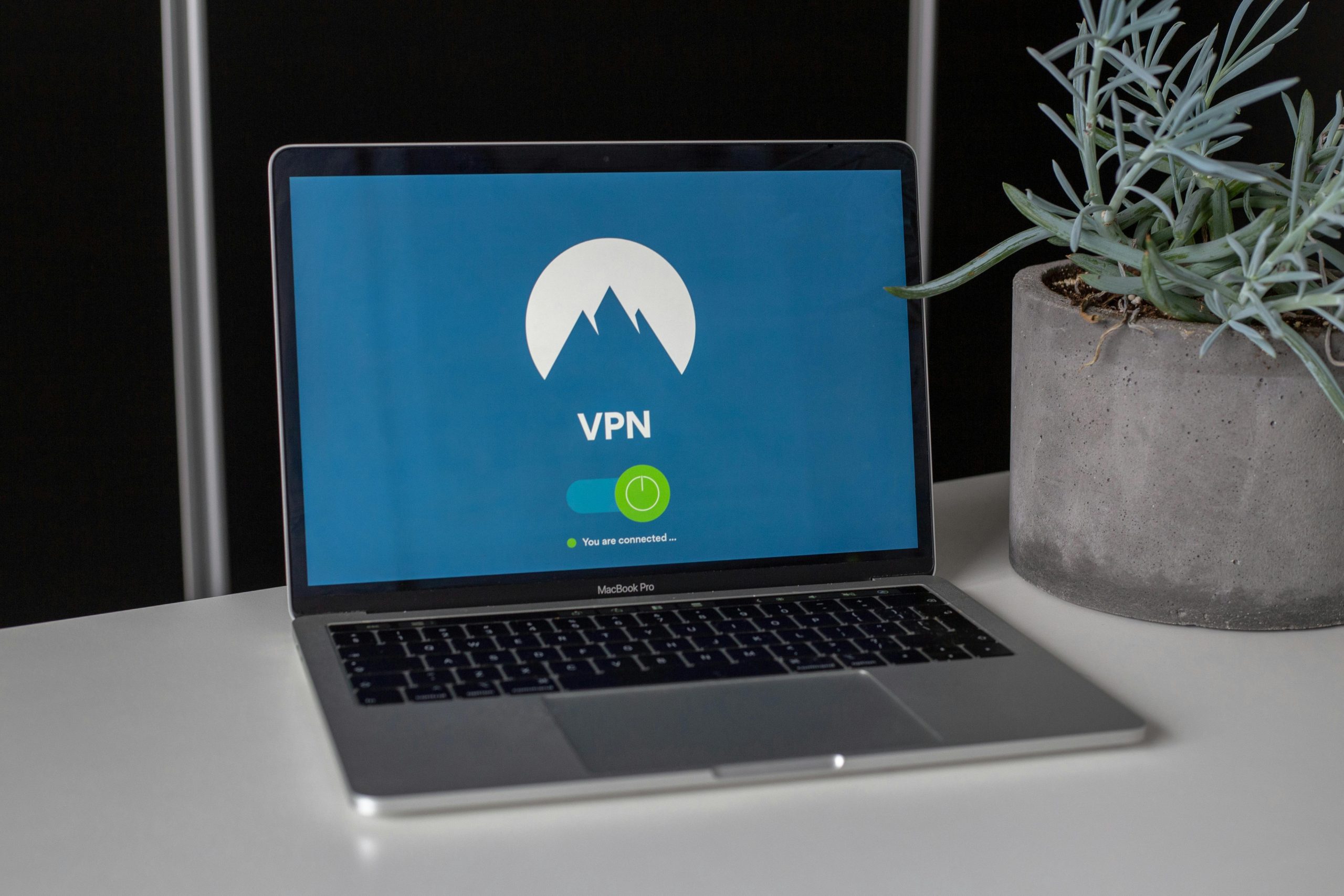Rebate apps promise easy cash back on everyday purchases. You scan receipts, link loyalty cards, or shop through their portals, and small amounts of money accumulate in your account. It seems like a win-win: getting paid for things you already bought. However, there’s a significant, often less-discussed, trade-off involved. These “free money” apps are businesses, and their primary commodity is often your personal data and shopping behavior. Understanding this data exchange is crucial for evaluating the true value proposition of rebate apps. Let’s explore this hidden trade-off.

1. What Data Are You Actually Sharing?
When you use rebate apps, you’re typically sharing detailed information about your purchases. This includes what you bought, when, where, how much you paid, and sometimes even the payment method. If you link store loyalty cards, the app gains access to your entire shopping history with that retailer. Some apps request access to your email to scan for e-receipts or even location data. This creates a very comprehensive picture of your consumer habits.
2. How Apps Monetize Your Purchasing Data
Rebate app companies primarily make money by selling aggregated and anonymized (though sometimes de-anonymization is possible) purchasing data to market research firms, brands, and advertisers. Brands pay to understand consumer trends, see how their products perform against competitors, or measure the effectiveness of promotions. Your shopping habits contribute to these larger datasets that have significant commercial value.
3. The Role of Personalized Advertising and Offers
Rebate apps also use your data to show you personalized advertisements and targeted offers within their platform. Based on your past purchases, they can promote specific products or brands they think you’ll be interested in. Brands often pay the app provider for these targeted placements. While this can sometimes introduce you to relevant deals, it’s also a way the app monetizes your attention and data directly.
4. The “Pennies Earned” vs. Data Value Discrepancy
The cash back you earn through rebate apps is often quite small per item, typically a few cents or a dollar here and there. While this can add up over time, consider the immense value of your detailed purchasing data to large corporations and market researchers. There’s often a significant discrepancy between the few dollars you might earn monthly and the potential market value of the comprehensive consumer profile you’re providing.
5. Time and Effort: The Unseen Cost to You
Using rebate apps effectively requires time and effort. You need to browse offers before shopping, remember to activate them, scan receipts promptly, and sometimes watch ads or complete surveys to unlock deals. Calculating the “hourly wage” for this effort, considering the small cash back amounts, might reveal it’s not always a highly rewarding use of your time.
6. Privacy Concerns and Potential for Data Breaches

Sharing extensive personal and financial data with any app carries inherent privacy risks. While rebate app companies have privacy policies, data breaches can occur, potentially exposing your information. The more platforms that hold your data, the larger your digital footprint and potential vulnerability become. Consider the app’s security reputation and data handling practices.
7. Influence on Purchasing Decisions (Buying for the Rebate)
A subtle downside is that rebate offers can sometimes influence you to buy items you wouldn’t normally purchase, or choose a specific brand over a cheaper or preferred alternative, just to get the cash back. If the rebate incentivizes a purchase you don’t need or that isn’t the best value otherwise, you might not be truly saving money.
8. Payout Thresholds and Account Inactivity Clauses
Many rebate apps have minimum payout thresholds (e.g., you need to accumulate $20 before you can cash out). If you use the app infrequently, it might take a very long time to reach this threshold. Some apps also have inactivity clauses that could forfeit your earnings if you don’t use the app for a certain period. This means your “earned” pennies might never actually reach your bank account.
9. The Psychological “Gamification” of Shopping
Rebate apps often use gamification techniques – points, streaks, badges – to keep you engaged and frequently using the app. While this can make saving feel fun, it can also encourage more active participation (and thus more data sharing) than might be strictly necessary for your savings goals. It taps into behavioral psychology to maximize user interaction.
Weighing Pennies Against Privacy and Effort
Rebate apps can provide some legitimate cash back on your purchases, and for diligent users, these small amounts can accumulate into noticeable savings over time. However, it’s crucial to recognize the hidden trade-off: you are exchanging your valuable purchasing data, time, and attention for these rewards. There’s no such thing as truly “free money.” Understanding how these apps work, what data they collect, and how they monetize it allows you to make an informed decision about whether the cash back earned is worth the exchange. Always read privacy policies and use these apps with a clear awareness of the value proposition.
Do you use rebate apps? What are your experiences with the cash back earned versus the effort involved and the data shared? Do you have favorite apps or ones you’ve stopped using? Share your thoughts!
Read More
These 5 Apps Send You Free Grocery Gift Cards Just for Snapping Receipts
Cashback Apps 101: How to Earn Money on Everyday Purchases
The post The Hidden Trade-Off: How Rebate Apps Use Your Data (And What You Get in Return) appeared first on Grocery Coupon Guide.







